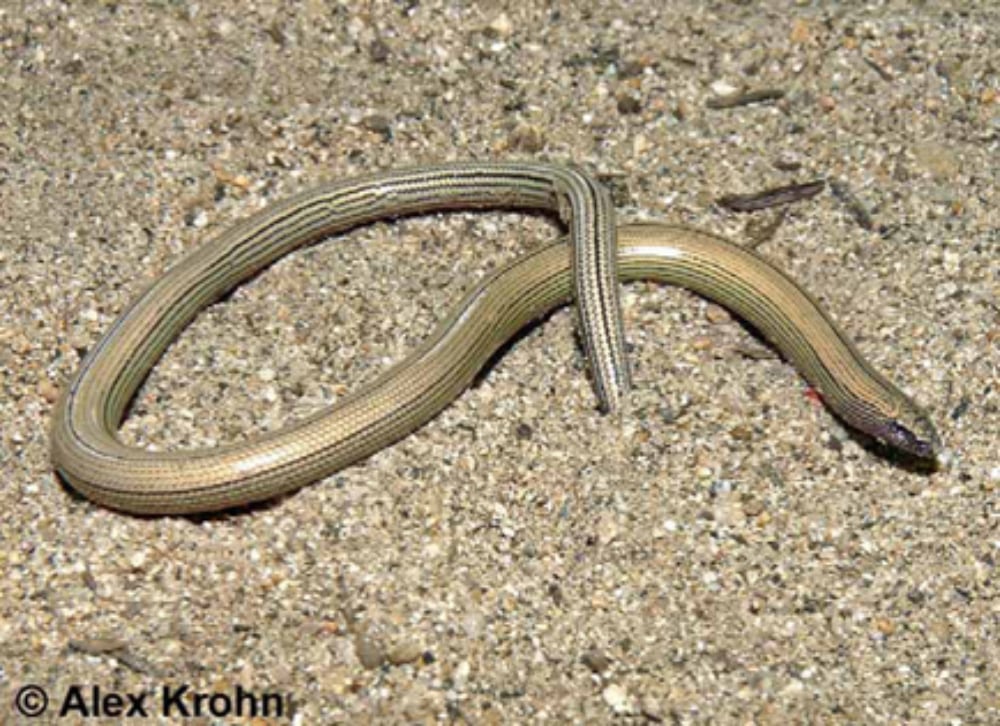The Temblor legless lizard (Anniella alexanderae) can only be found near the Temblor range in Kern County, CA, and should be protected under the Enda
The Temblor legless lizard (Anniella alexanderae) can only be found near the Temblor range in Kern County, CA, and should be protected under the Endangered Species Act, according to a petition filed October 20 by the Center for Biological Diversity.
The sand-swimming reptile is threatened by oil and gas development, the Center says, as well as climate change, wildlife, invasive species, habitat loss and large scale solar projects.
The lizard is mostly and underground dweller except when it surfaces to feed on insects. The reptile thrives in loose and moist soil for burrowing and needs a layer of leaf litter to evade predators as well as to feed on the insects in the leaf litter.
“Rampant oil drilling in Kern County is causing double damage to the legless lizard, by destroying habitat and accelerating climate change,” Jeff Miller, a senior conservation advocate at the Center said in a statement released to the media. “We can’t continue to allow habitat loss and increased wildfire risk at the hands of fossil fuel developers whose sole concern is profit.”
Two Herpetologists Discover Four Legless Lizard Species In California
According to the Center, more than 98 percent of the Temblor legless lizard’s range is open to oil and gas drilling. This includes both public and private lands.
The Temblor legless lizard is 4 to 7 inches in length from snout to vent, smooth shiny scales and a blunt tail. It has no external ear openings. It has a mid dorsal black stripe, and a pale olive dorm with orange sides. It sports lateral black stripes near its eyes to the top of its tail. It is ovoviviparous, and gives birth to live young after the eggs are hatched within the body.


